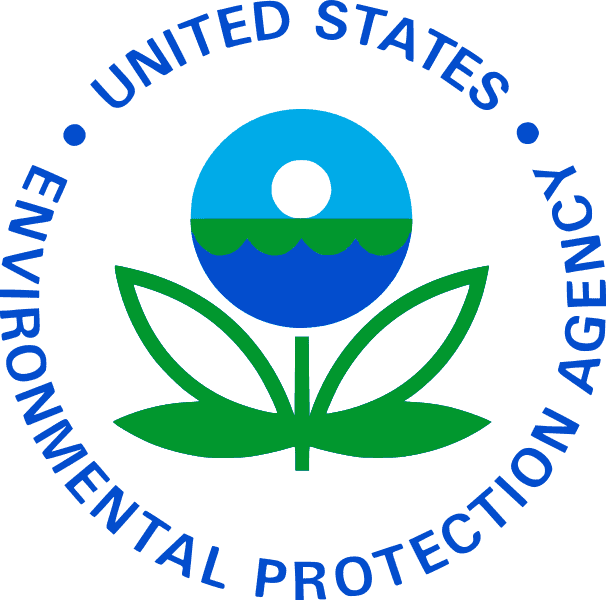I have good news ladies and gentlemen!
The days of novices, do-it-yourselfers, and wannabe technicians adding refrigerant to their own units will quickly be coming to an end.
Well, this may not be good news to some of you as it’s good business cleaning up after someone has trashed their system. “I only added more Freon!”
The Sales Restriction
As I am sure most of you are already aware you need to be 608 certified with the EPA in order to even purchase a CFC or HCFC refrigerant. This included the ever-popular R-22 refrigerant. This restriction was just to purchase the refrigerant. To actually work on a unit with these types of refrigerants you needed to have the right type of 608 certification. All of this was done to prevent venting refrigerants into the atmosphere.

What you may not know is that this sales restriction did not include HFC refrigerants such as R-134a, R-404A, and R-410A. At its origination the EPA’s refrigerant sales restriction was made to stop people from buying refrigerants that contained Chlorine. Chlorine was the culprit that led to the hole in the Ozone layer forming. Since HFCs do not contain Chlorine they were not included in the restriction.
So, what that meant was any guys off the street could go online and purchase themselves a few cylinders of R-410A and attempt to ‘recharge’ his unit by dumping a few pounds in without actually fixing the problem or stopping the leak. That meant that more refrigerant would be vented into the atmosphere because of a novice not knowing what they were doing. And all of that is assuming he even bought the right refrigerant.
The Change
As of January 1st, 2018 the sales restrictions that we all know and love will be applied to HFC refrigerants as well. Nearly everyone already saw this coming. The EPA has been wanting to stop the flow of HFCs across the country for years now. It was just a matter of when the restriction would go into effect. Heck, there were even some distributors out there requiring 608 certification numbers before they would even sell HFC refrigerants. They knew it was coming and figured they might as well already start asking. Better safe than sorry, as they say.
The important text on this change can be read below, or by clicking here and being taken to the EPA’s official website:
Starting on January 1, 2018, the requirements discussed on this page will also apply to most substitute refrigerants, including HFCs.
As you can see, it’s a pretty straightforward change. The basis of the sales restriction remains the same. The only difference here is that these restrictions now apply to HFC refrigerants. This restriction covers cylinders, cans, drums, or totes of refrigerants. The exception to this is are the small cans of R-134a that contain two pounds or less. This exception is there to still allow do-it-yourselfers to repair their car’s air conditioning system.
Why The Change?
Some of you may be wondering why this change is coming. Well, unlike their predecessors, HFC refrigerants do not contain Chlorine but they still do actively harm the environment. Instead of Chlorine, this time the culprit is Global Warming Potential or GWP. GWP is a measurement of how much heat a greenhouse gas, like HFC refrigerants, traps in the atmosphere. The baseline measurement of GWP is Carbon Dioxide. CO2’s GWP is 1. So, by using CO2 as a baseline we can then look at R-134a refrigerant and see that it has a GWP 1,430 times that of Carbon Dioxide. That’s a huge number.
The EPA’s worry was that with so many novices having access to purchase and handle refrigerant, more and more HFCs were being needlessly vented into the atmosphere. If they limit the sales of these refrigerants to only certified individuals then the amount of venting should go down substantially.
Conclusion
While the HVAC community may be celebrating this move, I have to warn you that this is the first step of many against HFC refrigerants. Just like their predecessors, HFC refrigerants that we used every day such as R-134a and R-410A are soon to be on the chopping block due to their high GWP.
In their place will either be newer HFO refrigerants developed by Honeywell or Chemours or the older and less used Hydrocarbon Natural Refrigerants. So, for now let’s take this victory but just be ready in a few years for the market to shake up again with the ban of R-134a or R-404A.
Thanks for reading and if you enjoyed the post please check out my blog at https://refrigeranthq.com
Alec Johnson
RefrigerantHQ
